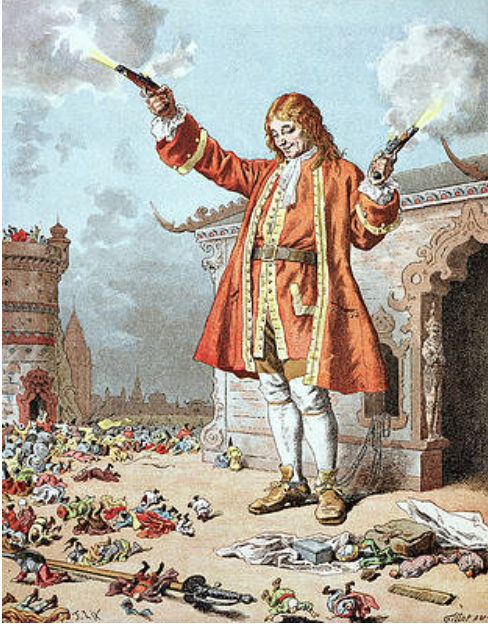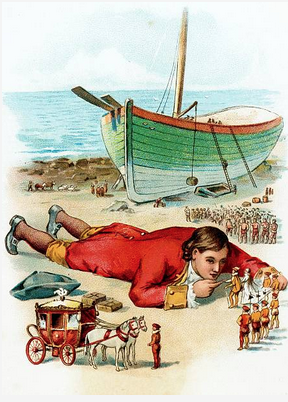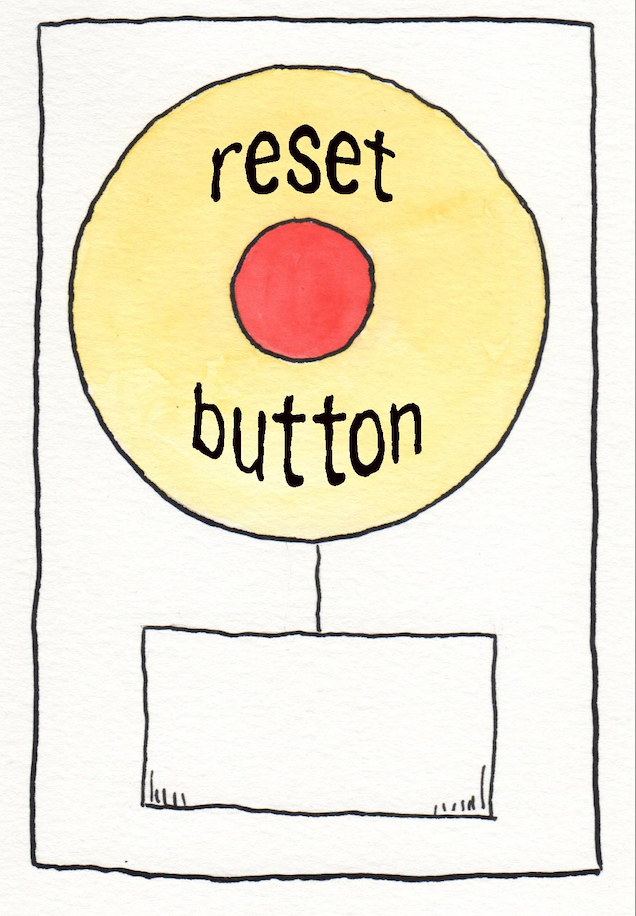From years back we remember the Sydney store David Jones had spruikers in many of their departments.
Spruikers?
That’s Aussie slang for those who tout a store’s offerings to engage customers and give them reasons to buy.
Spruikers at David Jones came with a measure of class, adding to an impressive interior that included music from a grand piano, bouquets of lilies in tall crystal vases and floor walkers no less animated in welcoming you than your favorite uncle.
It was all about creating an atmosphere that made a store that first opened its doors in 1838, distinctive.
Spruikers worked a treat for David Jones, charming customers and giving their inclination to buy a nudge.
That nudge and the sales wisdom behind it … we’re wondering, where is it today when it comes to ads?
Where’s the wit, charm and reasoned arguments that make a virtue of persuasion and keep customers coming back?
Of course, everyone who wants to sell something tries to paint a rosy picture.
But you don’t need me to tell you that the result is all too often an un-rosy daub. Smug writing and unconvincing visuals that make you wish for ad blockers.
You wouldn’t be the first to wonder, why don’t more marketers do something about this? Why don’t they come up with something the competition can’t come up with?
To coin a phrase, that can be as tricky as trying to grab smoke.
But the good news is that in 240 pages you can learn to maximize the potential of your brand.
Just pick up Paul Feldwick’s book, Why Does the Pedlar Sing?
It’s a call for bumping up creativity and adding a measure of entertainment/likeabilty to your brand. It’s about winning the public’s approval so you can be better able to compete.
You gain an understanding of why the current state of advertising lacks aliveness and why brands are falling short on connecting with customers.
You get the idea that while many marketers appear to be dutiful, slavishly sticking to logic and rationality can make the work they approve dull.
More to that, instead of being friendly and compassionate too many videos, emails and websites come off as self-regarding and remote from customer problems and desires.
With an in-depth account of the Barclaycard campaign in the UK, Paul Feldwick gives you insights into the ingredients that make ads striking and memorable. The opposite of flabby and doomed.
Well, isn’t that what you were hired for, doesn’t your job depend on it?
Paul Feldwick’s pedlar is, of course, a spruiker.
Without his song, who’d notice him, who’d give a toss? And as Bill Bernbach said, if you don’t get noticed everything else is academic.
Airbrush that piece of ancient wisdom from your best practices list and you’re building on sand.
Because if you can’t stop people and create the moment someone buys, you’re leaving the field open to a group of people just waiting to pounce.
Your competitors.






